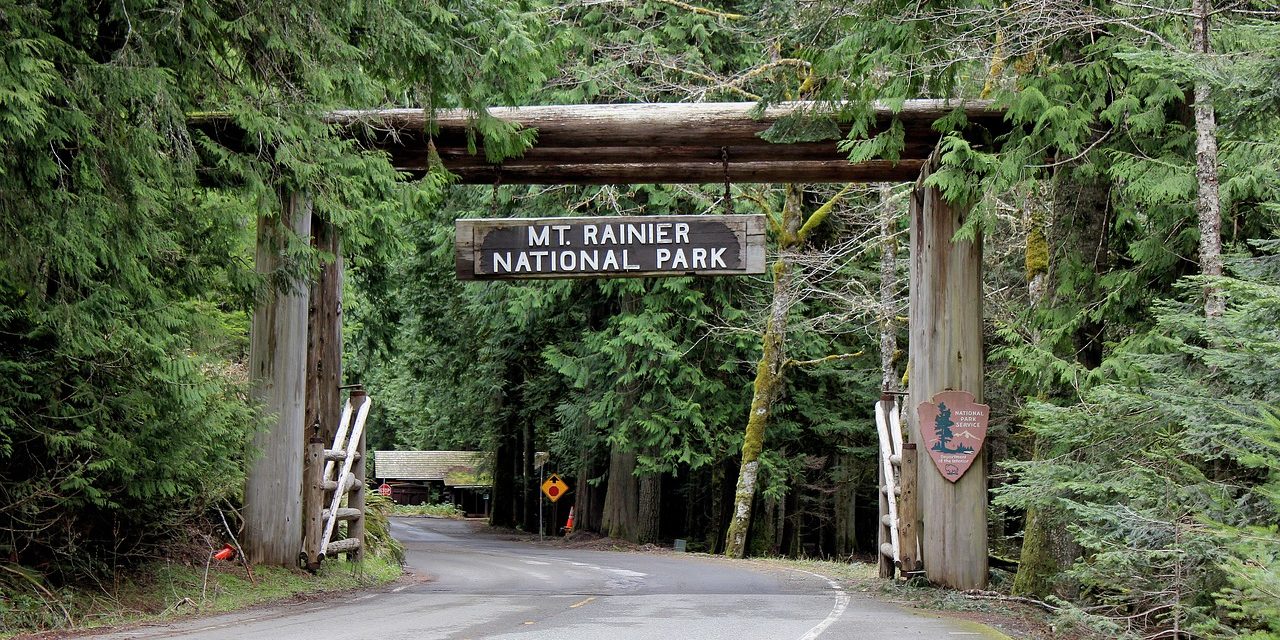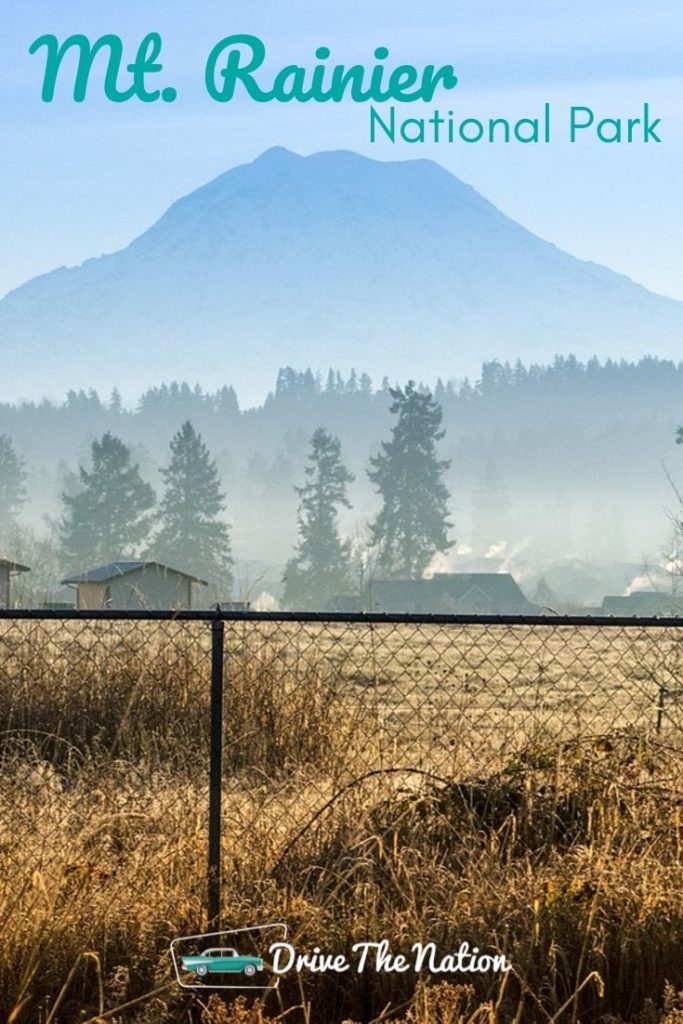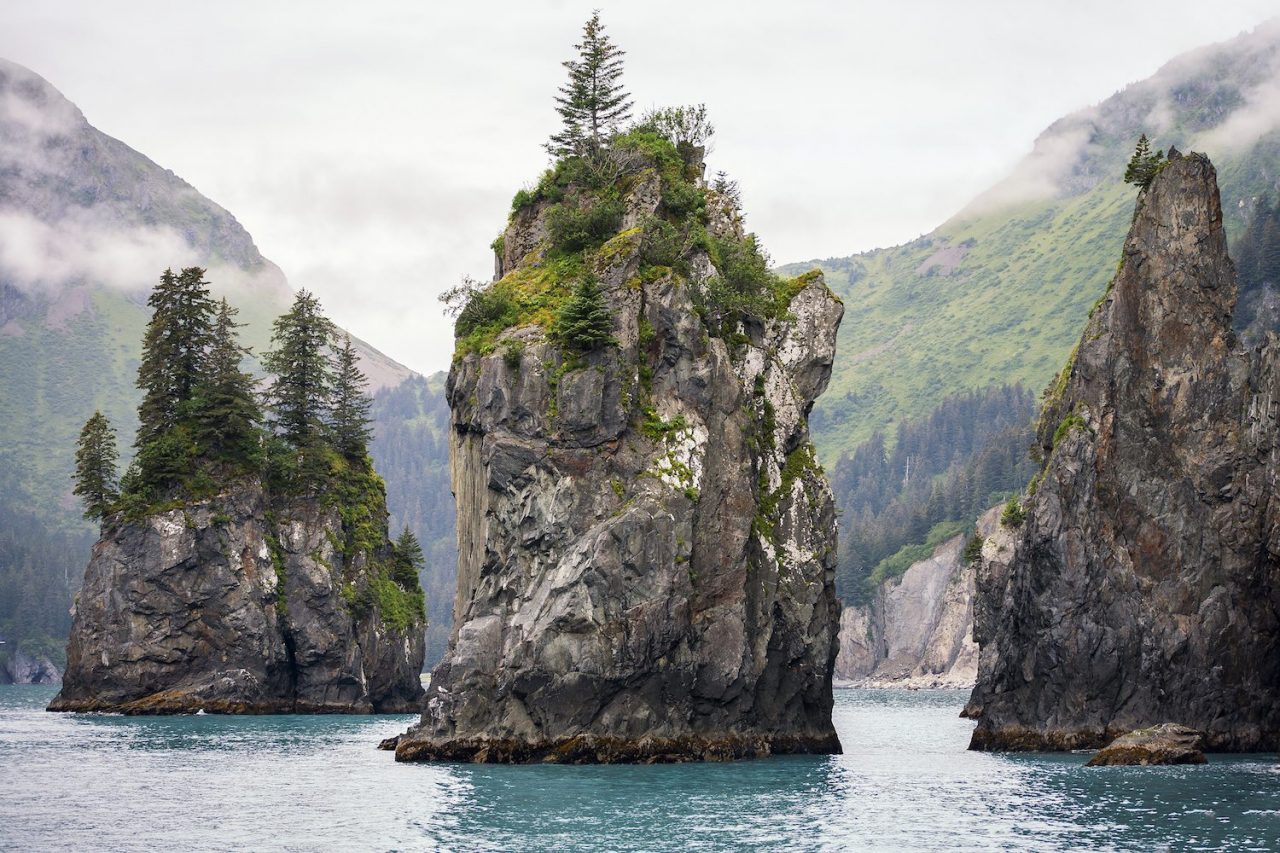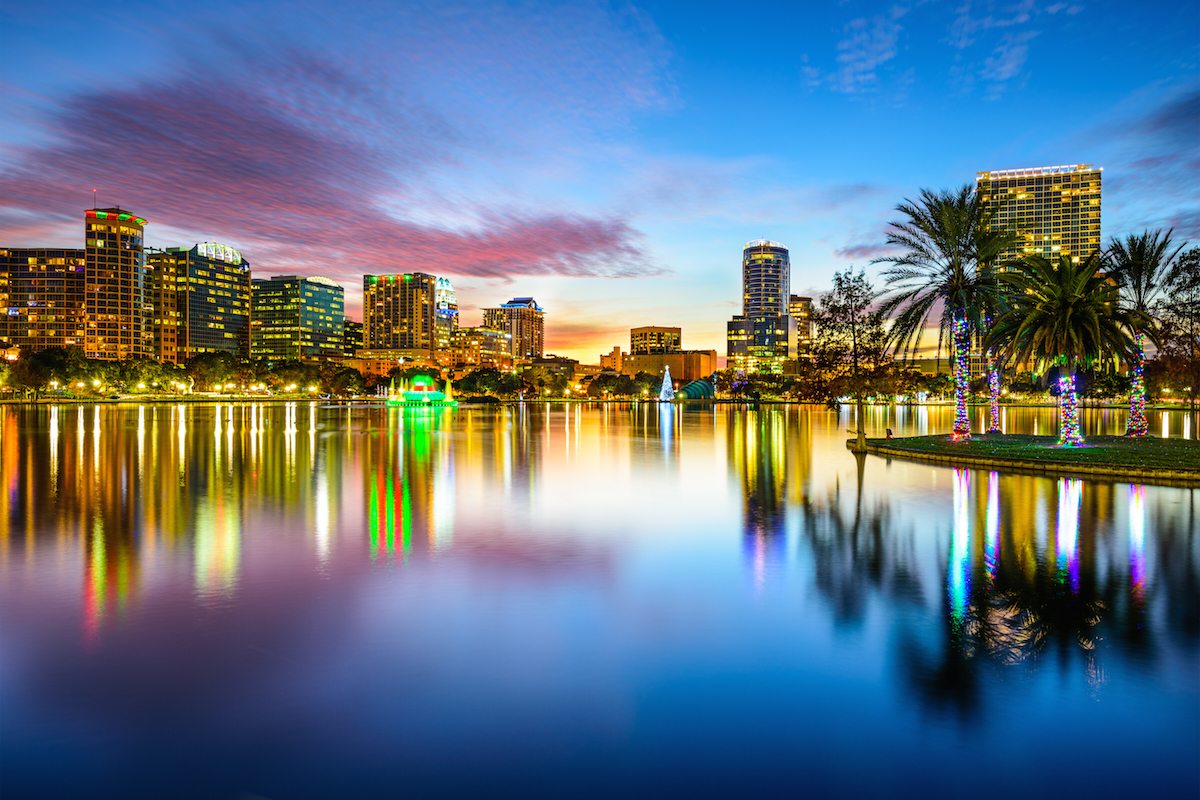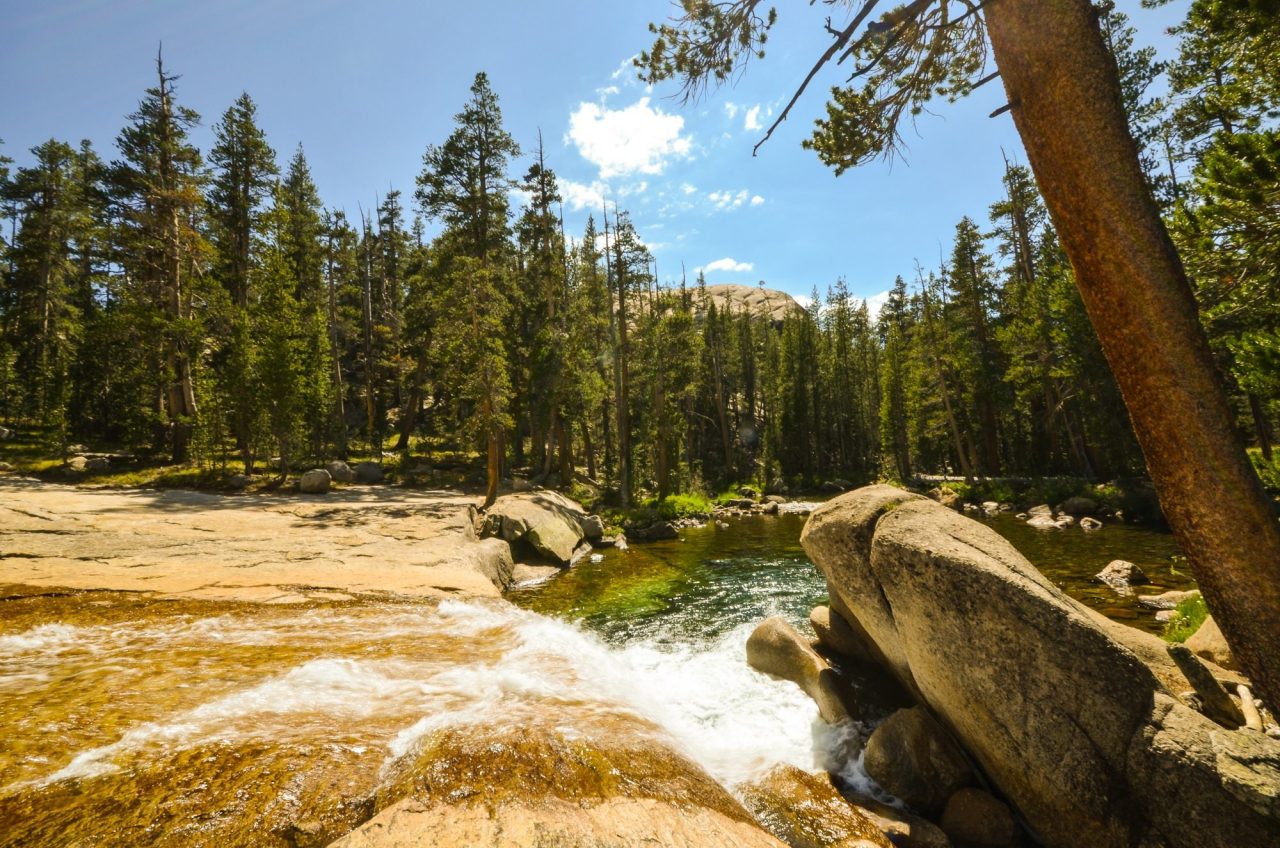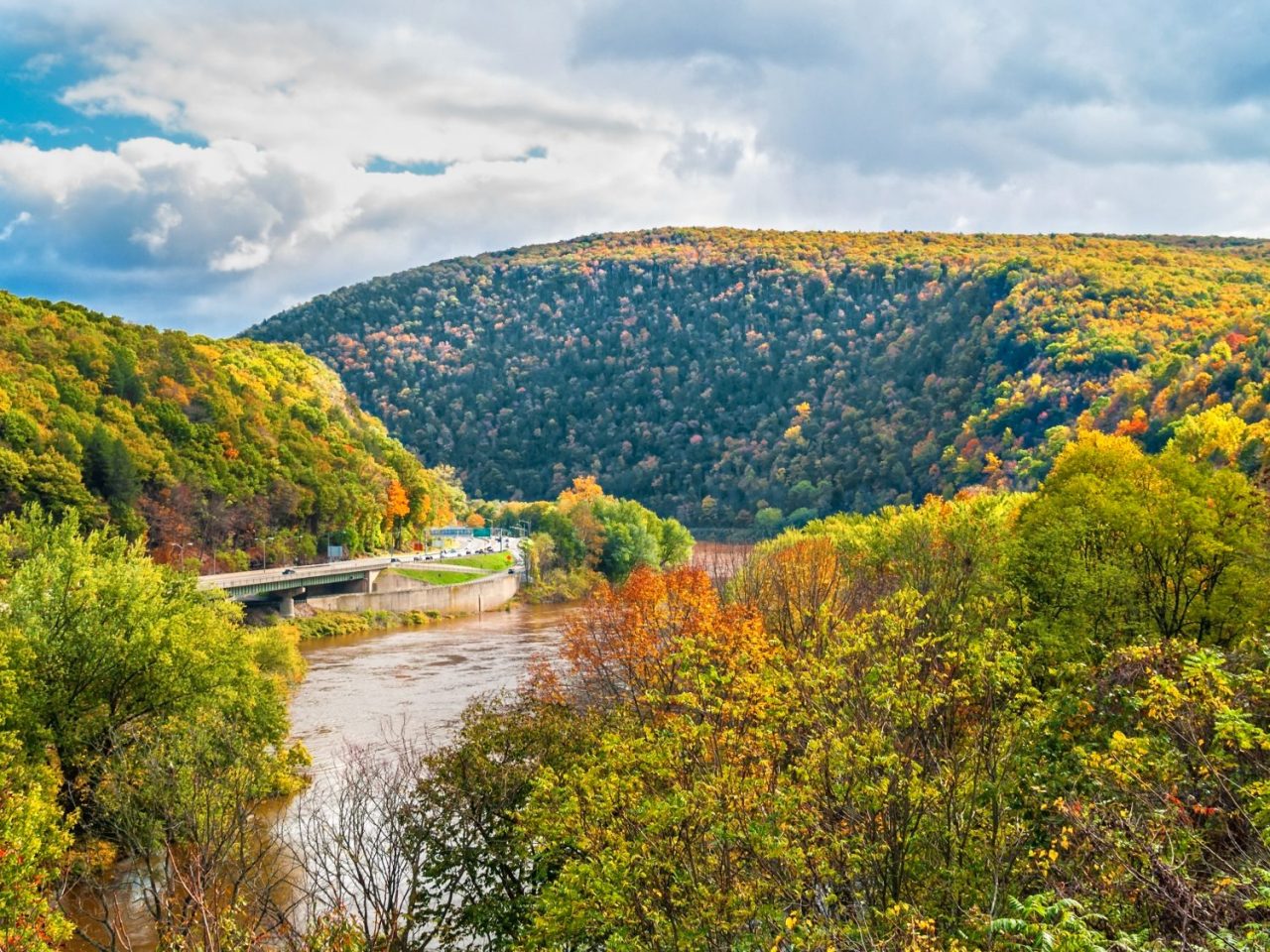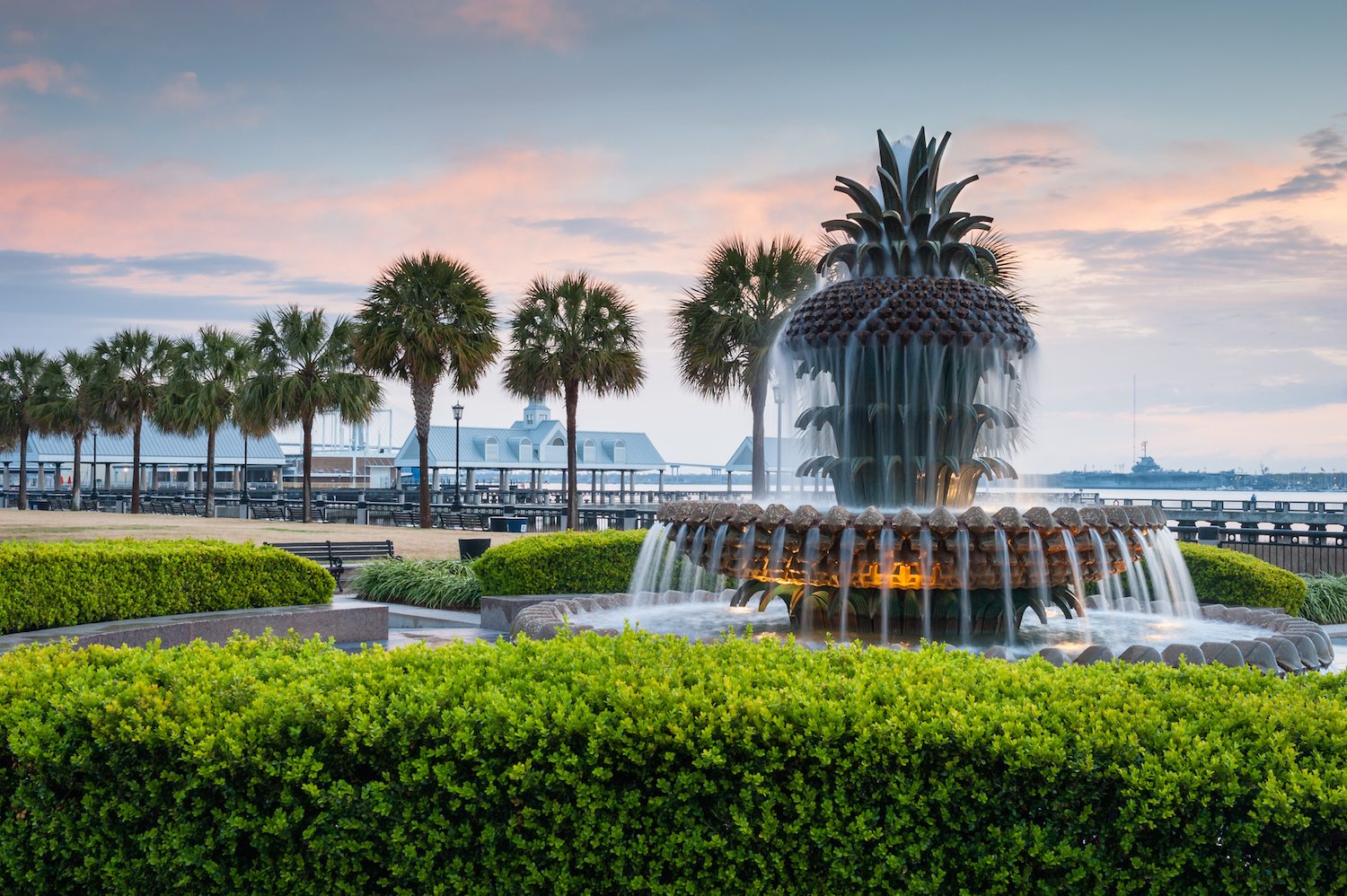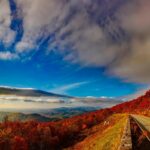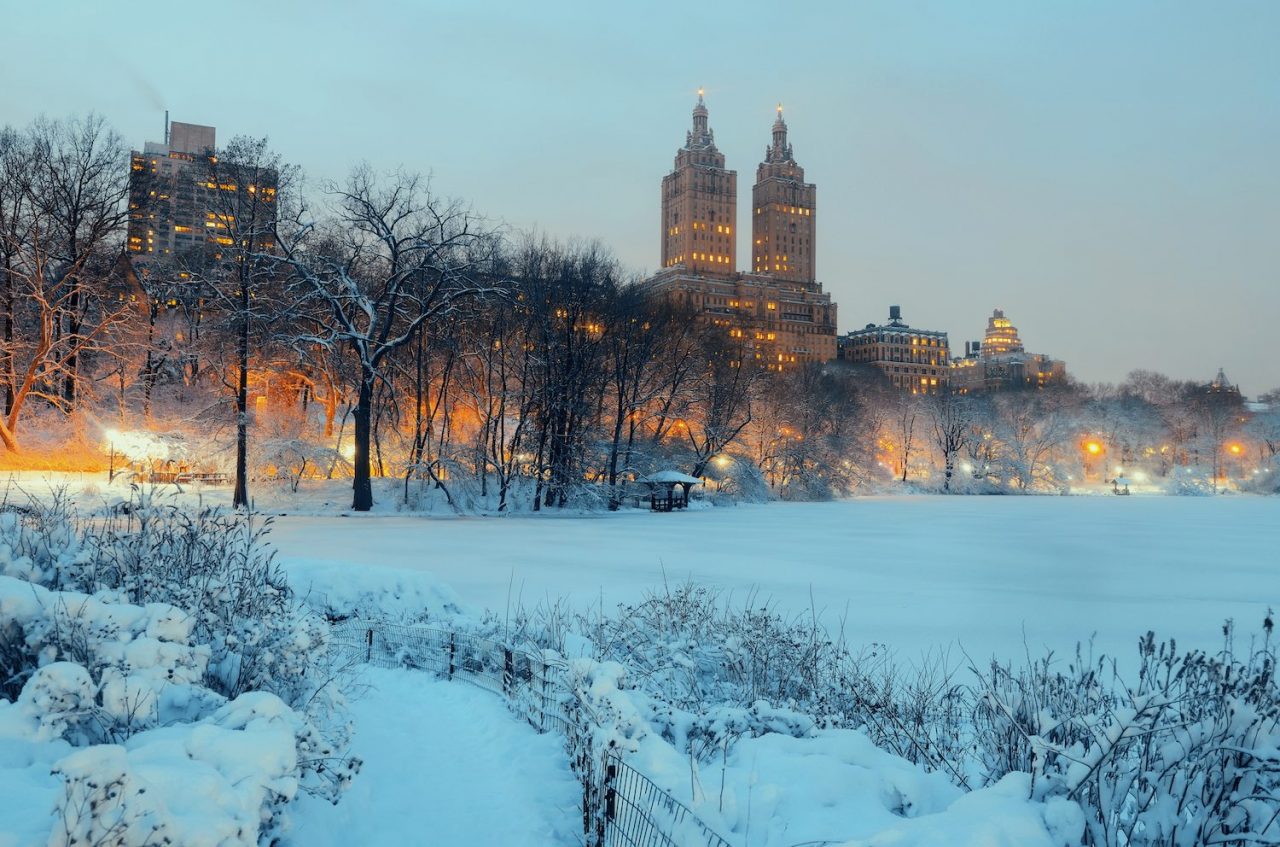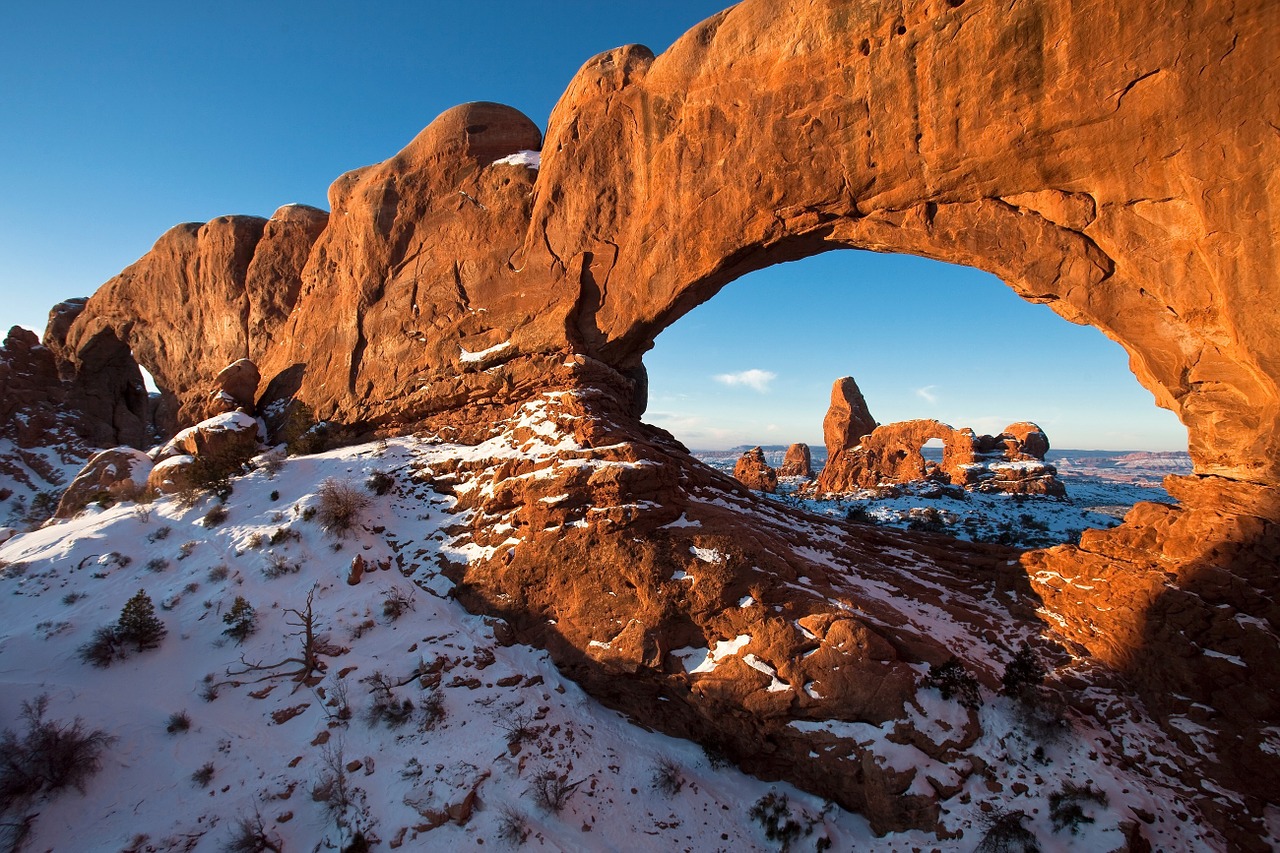Mount Rainier in Ashford, Washington is the fifth National Park in the United States.
In this post, find out what there is to see and do there and which seasons are best for a visit.
Mount Rainier National Park
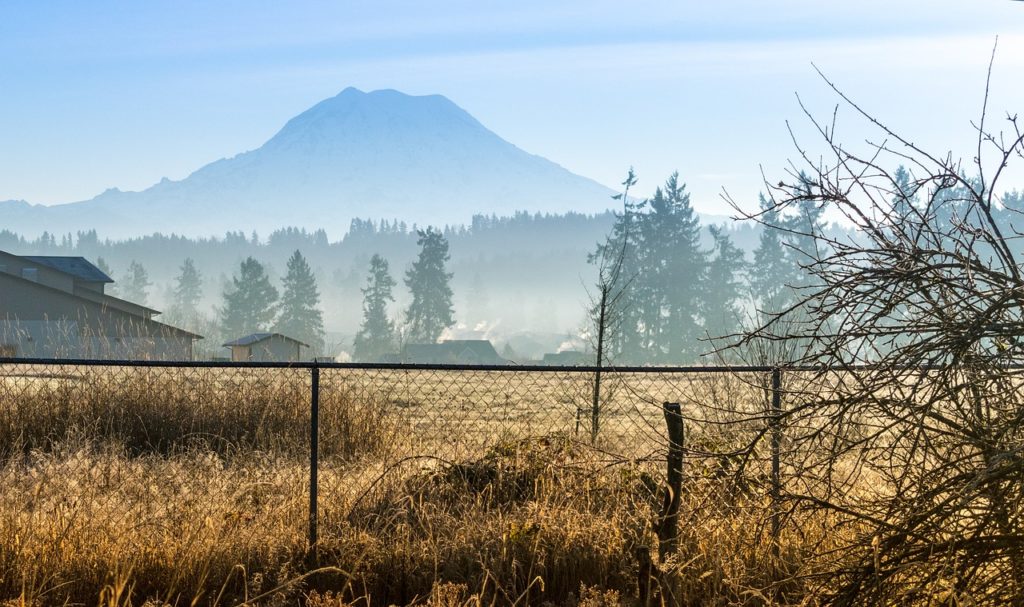
Located about an hour out from Seattle, Mount Rainier is among some of the oldest parks in the National Park registry. It was established in 1899 and well over 90% of the park is considered wilderness. That’s why it’s protected under the National Wilderness Preservation System.
Like Yellowstone, Mount Rainier is also a volcano. Although, they are different kinds. Yellowstone is what’s called a “supervolcano”, and Rainier is a “stratovolcano”, meaning it is built from multiple layers of lava and ash. While it is an active volcano, it hasn’t erupted in a 1,000 years.
Seasons
It’s no secret Washington is one of the rainiest states in all of the U.S- along with Mississippi, Louisiana, and Florida. So, it shouldn’t come as a surprise that for most of the year inside of Mount Rainier National Park, visitors should expect (and dress for) potential rainfall.
For dryer and warmer weather, and wildflowers too, July and August tend to be better months. For this reason, it’s considered peak season in the park and some congestion is to be expected. So, if you do plan to visit during that time, consider taking a mid-week trip when there is less foot traffic. Also, make sure to pack a raincoat or umbrella just in case, as rain showers can still happen.
Things to Do
Enjoy hiking, camping, climbing and even a museum during your visit.
Permits to hike for a one-day visit are not required. However, you will need to obtain one if you plan to stay overnight at a campsite. You can get yours at any of the ranger stations inside the park, or at the Longmire Museum.
Paradise and Sunrise are two of the most popular points at Mount Rainier. Which means, they will be busier. They’re still absolutely worth a visit.
But, for other equally breathtaking sites that are more off the beaten path, refer to this guide on their website. It includes stops at Rainforest Nature Trail, Old Mine Trail, Silver Falls Trails, Box Canyon, Reflection Lakes, multiple campgrounds and even a historic walking tour.
Safety First
Exploration is always great, but remember your safety is what is most important. Dress appropriately with comfortable shoes, pack snacks, plenty of water and travel with a buddy. Or, at least let someone know about your plans. Also, know what to do if you encounter any wildlife, be aware that weather conditions can change at any time, and familiarize yourself with what “geohazards” are.

